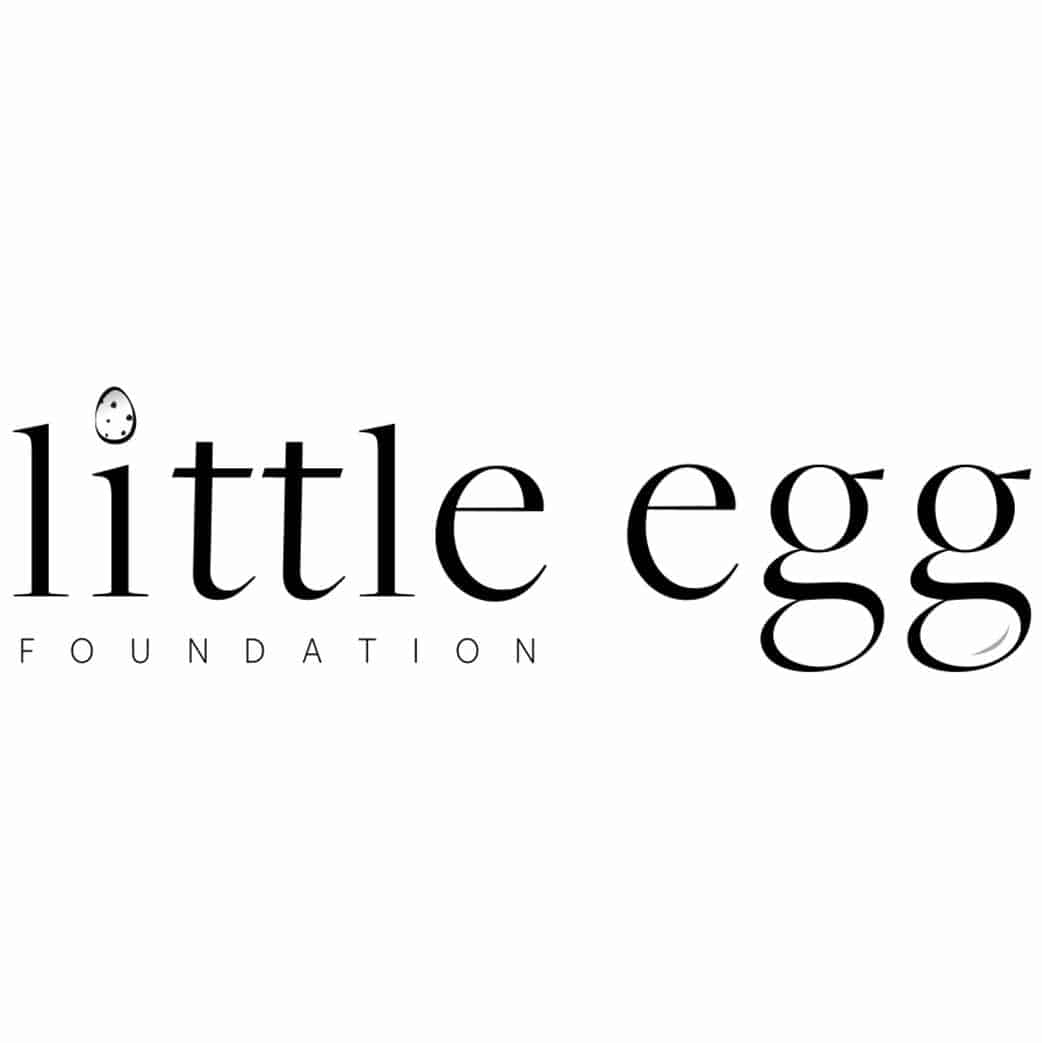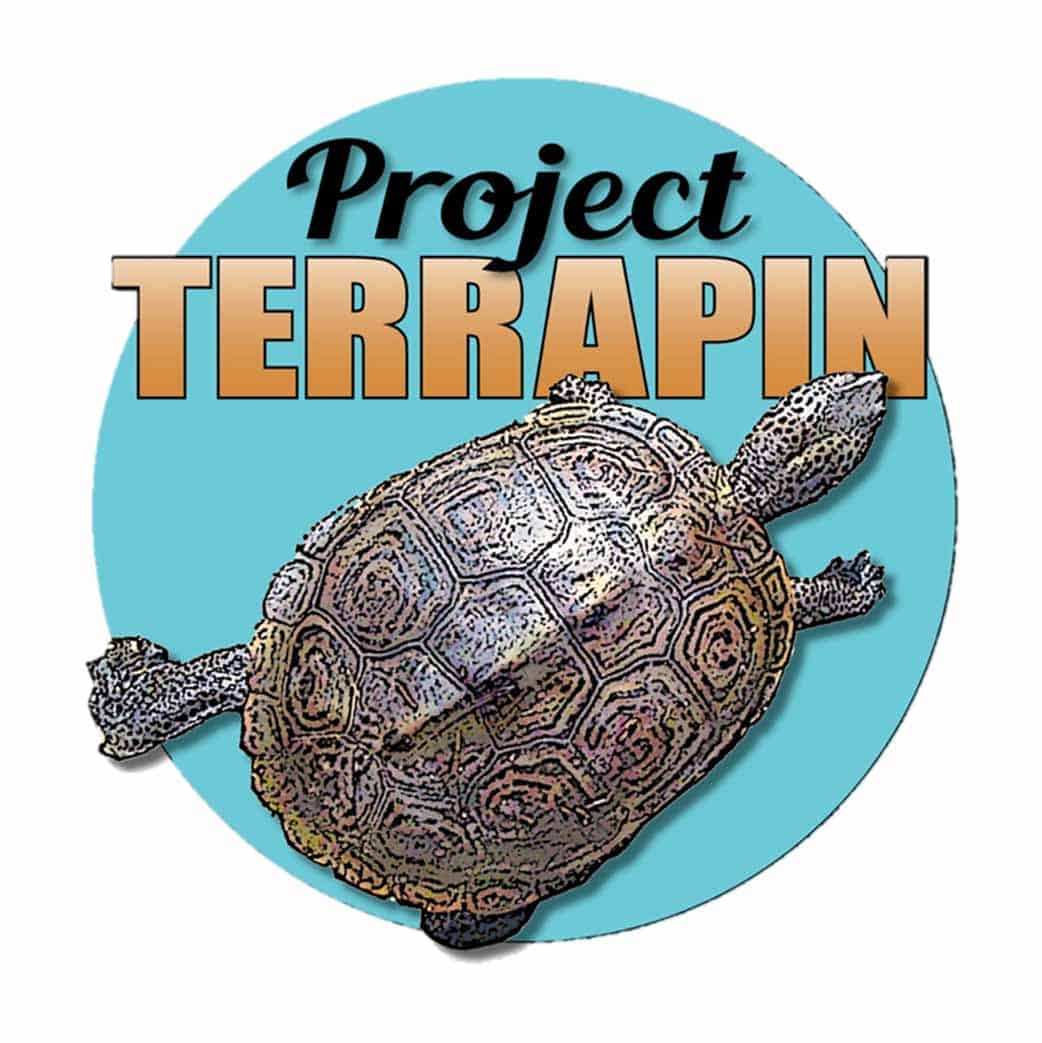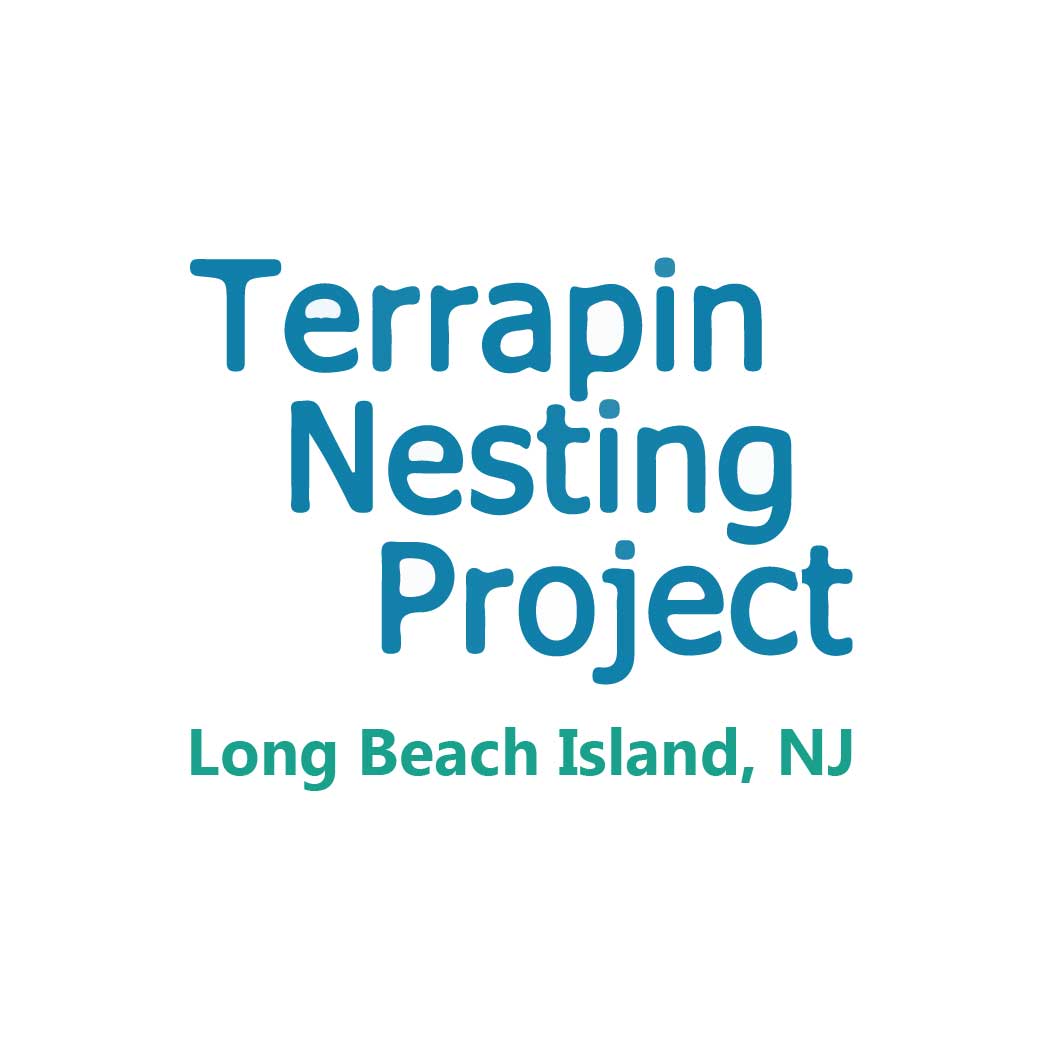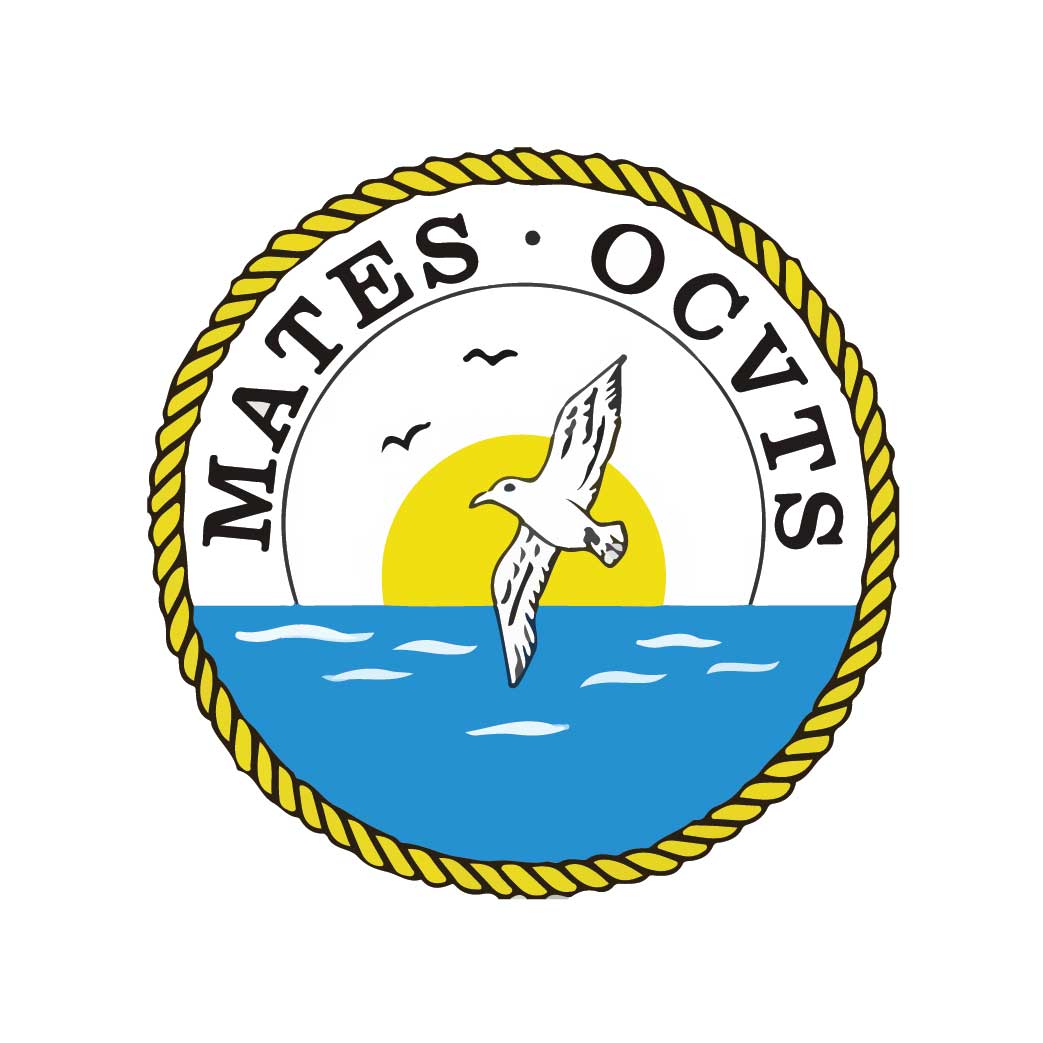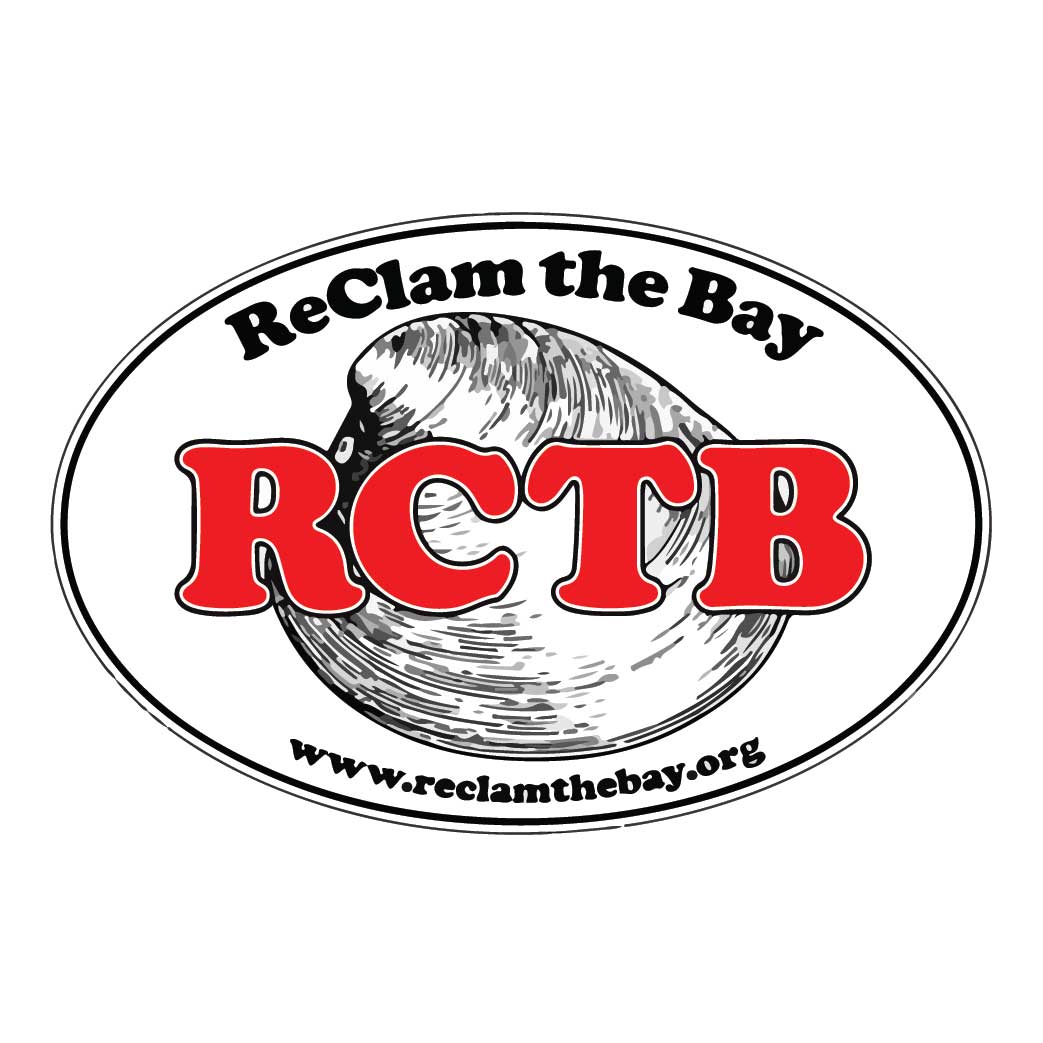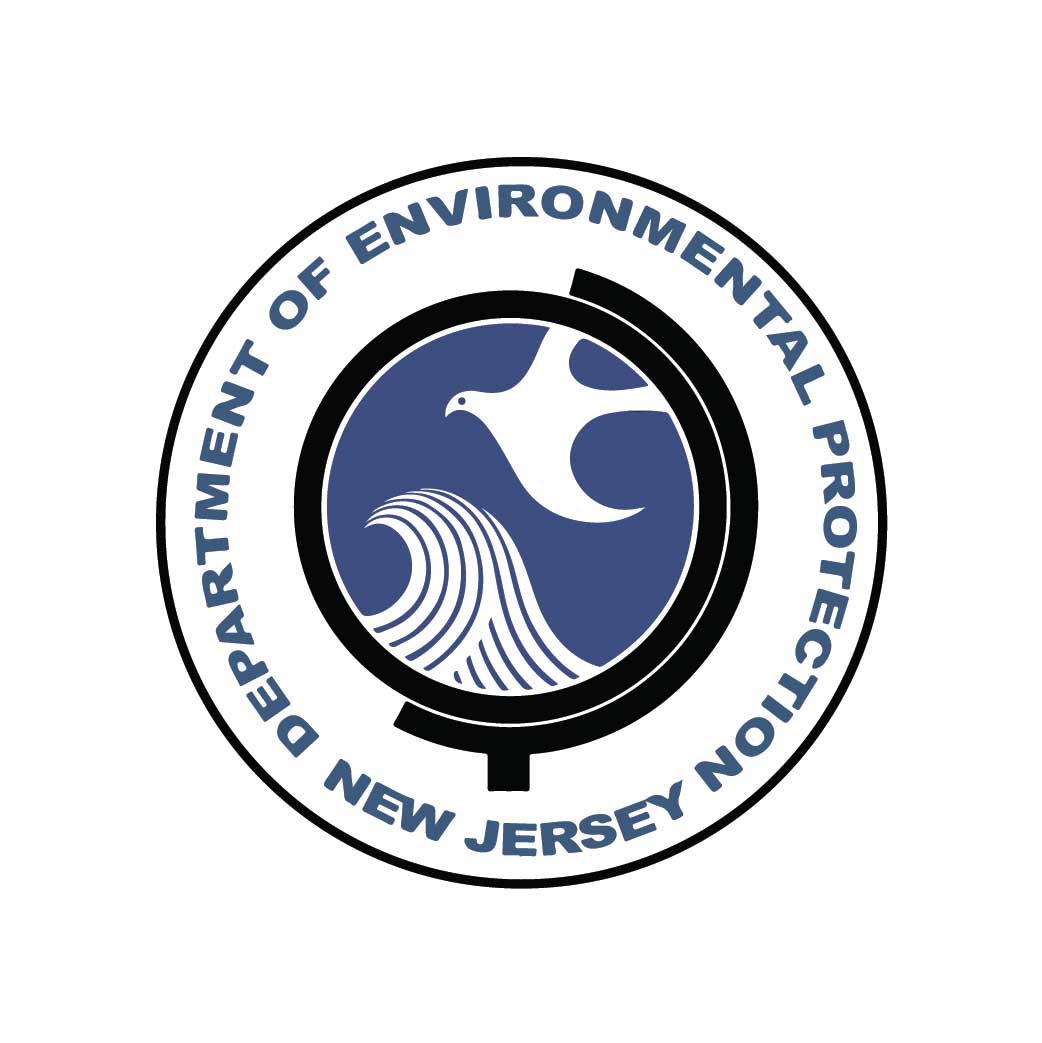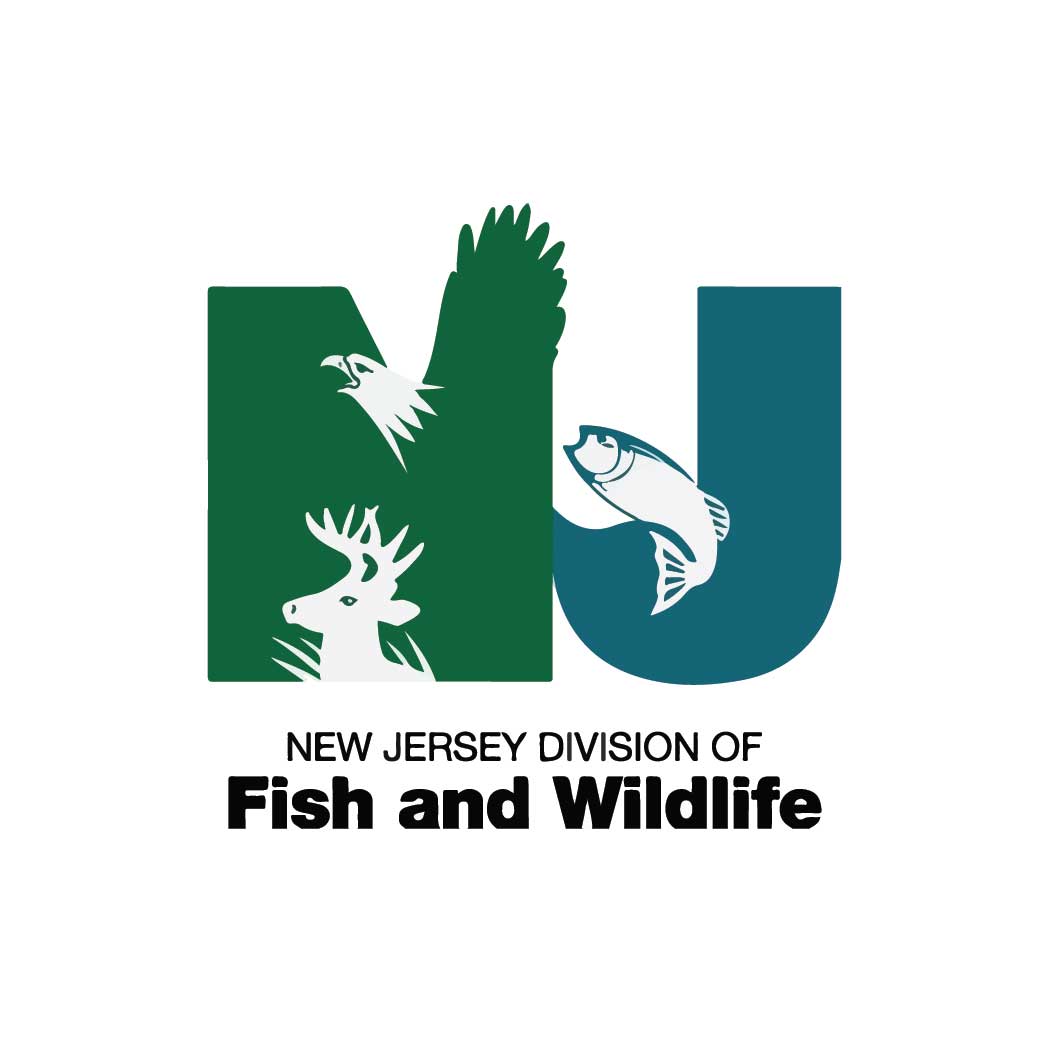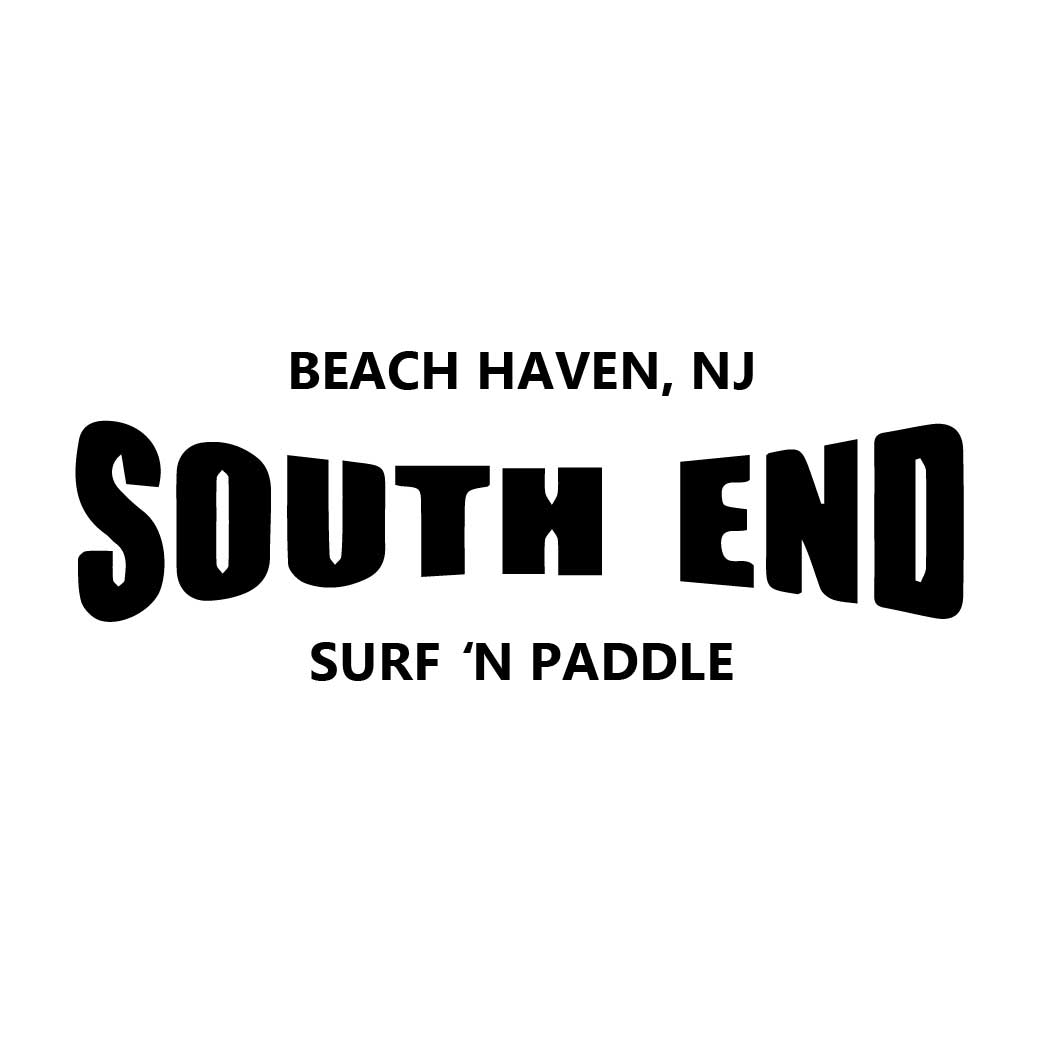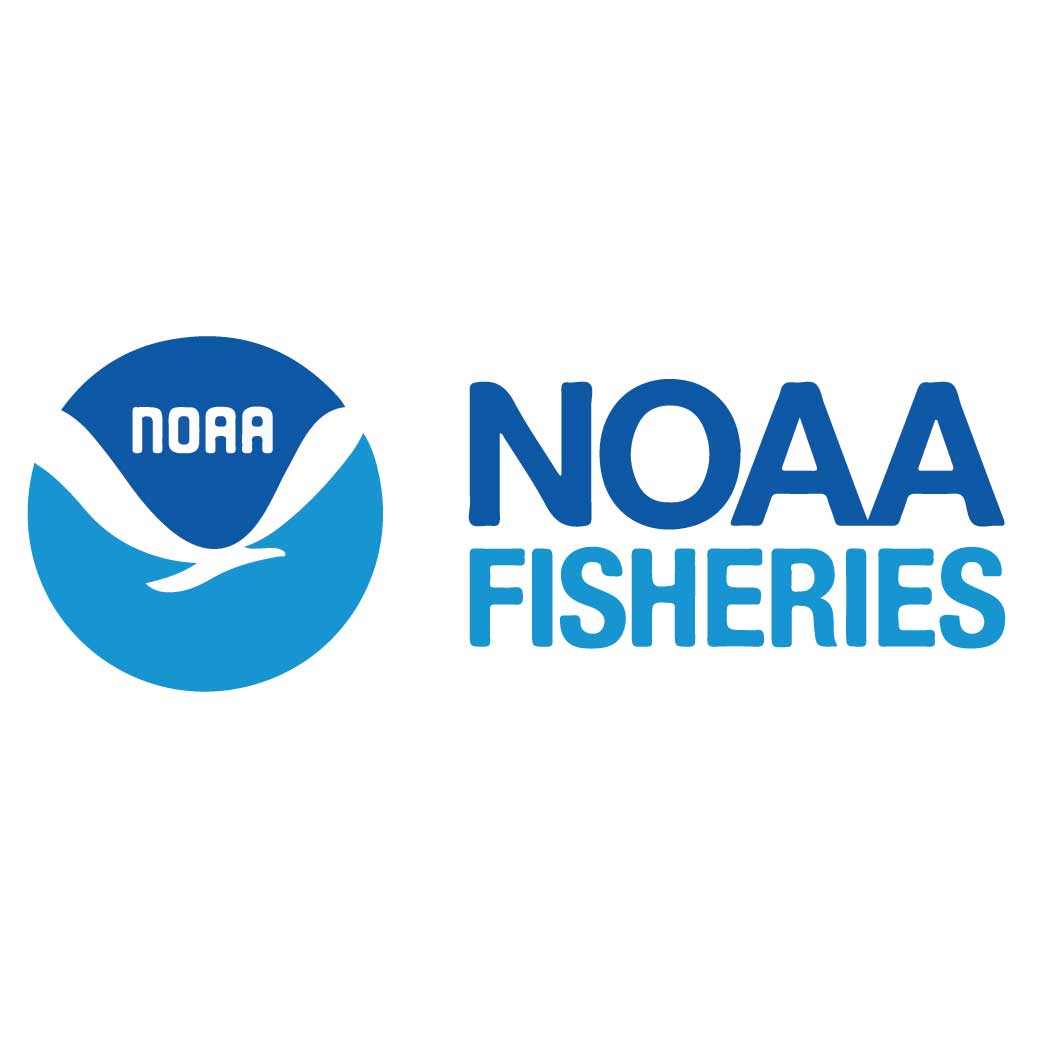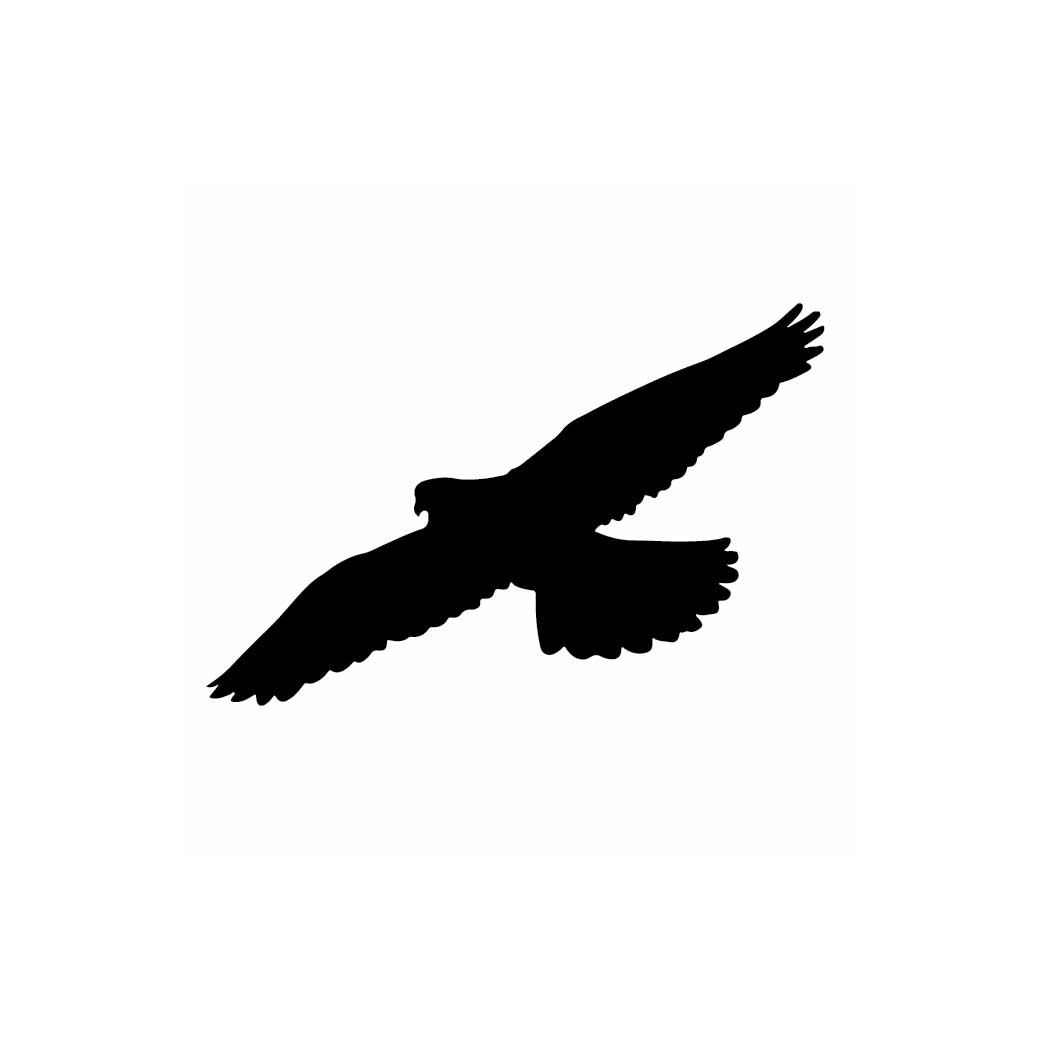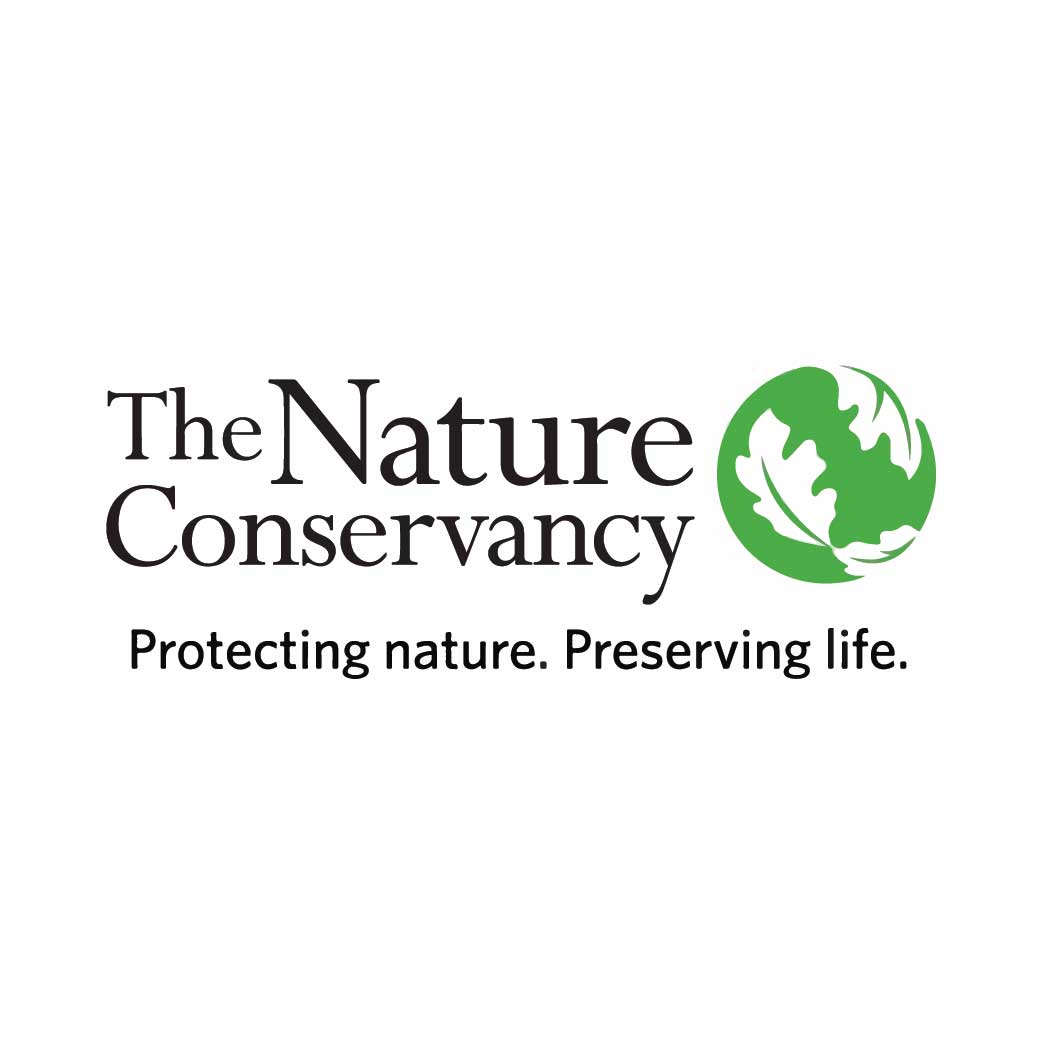Purpose: To reunite the breach between the north marsh and the rest of the island. To create an alternative nesting area for endangered/protected beach species.
Substrate: Beneficial dredge material with a gently sloping bay beach access that is lined by shell bags. Shallow depressions in the terrain has created a mucky tidal pool and mud flats, which are surrounded by shell bags and also a higher western embankment with Spartina alterniflora growth.
Wildlife: Northern Diamondback Terrapins, American Oystercatchers, shorebirds, waders, minnows, invertebrates, spawning Horseshoe crab, courtship area for Black Skimmers and Least Terns.
2020 Report
Established: December 2015 & December 2017
Purpose: To reunite the breach between the north marsh and the rest of the island. To create an alternative nesting area for endangered/protected beach species.
Substrate: Beneficial dredge material with a gently sloping bay beach access that is lined by shell bags. Shallow depressions in the terrain has created a mucky tidal pool and mud flats, which are surrounded by shell bags and also a higher western embankment with Spartina alterniflora growth.
Wildlife: Northern Diamondback Terrapins, American Oystercatchers, shorebirds, waders, minnows, invertebrates, spawning Horseshoe crab, courtship area for Black Skimmers and Least Terns.
2020 Status: The flattening beach is lined with shells and deep layers of wrack. Spartina growth is spreading inland, which has reduced the surface area of the mud flats at the Tidal Pool area and making the site less desirable for foraging shorebirds. Phragmite growth is expanding at the southern section of the beach, which previously was a natural nesting area for terrapins.

2019 Report
Established: December 2015 & December 2017
Purpose: To reunite the breach between the north marsh and the rest of the island. To create an alternative nesting area for endangered/protected beach species.
Substrate: Beneficial dredge material with a gently sloping bay beach access that is lined by shell bags. Shallow depressions in the terrain has created a mucky tidal pool and mud flats, which are surrounded by shell bags and also a higher western embankment with Spartina alterniflora growth.
Wildlife: Northern Diamondback Terrapins, American Oystercatchers, shorebirds, waders, minnows, invertebrates, spawning Horseshoe crab, courtship area for Black Skimmers and Least Terns.
Status: Some accretion occurring due to the shell bag placement along the western tideline. New Phragmite growth found at the southern section of the beach, which was a previous natural nesting area for terrapins.
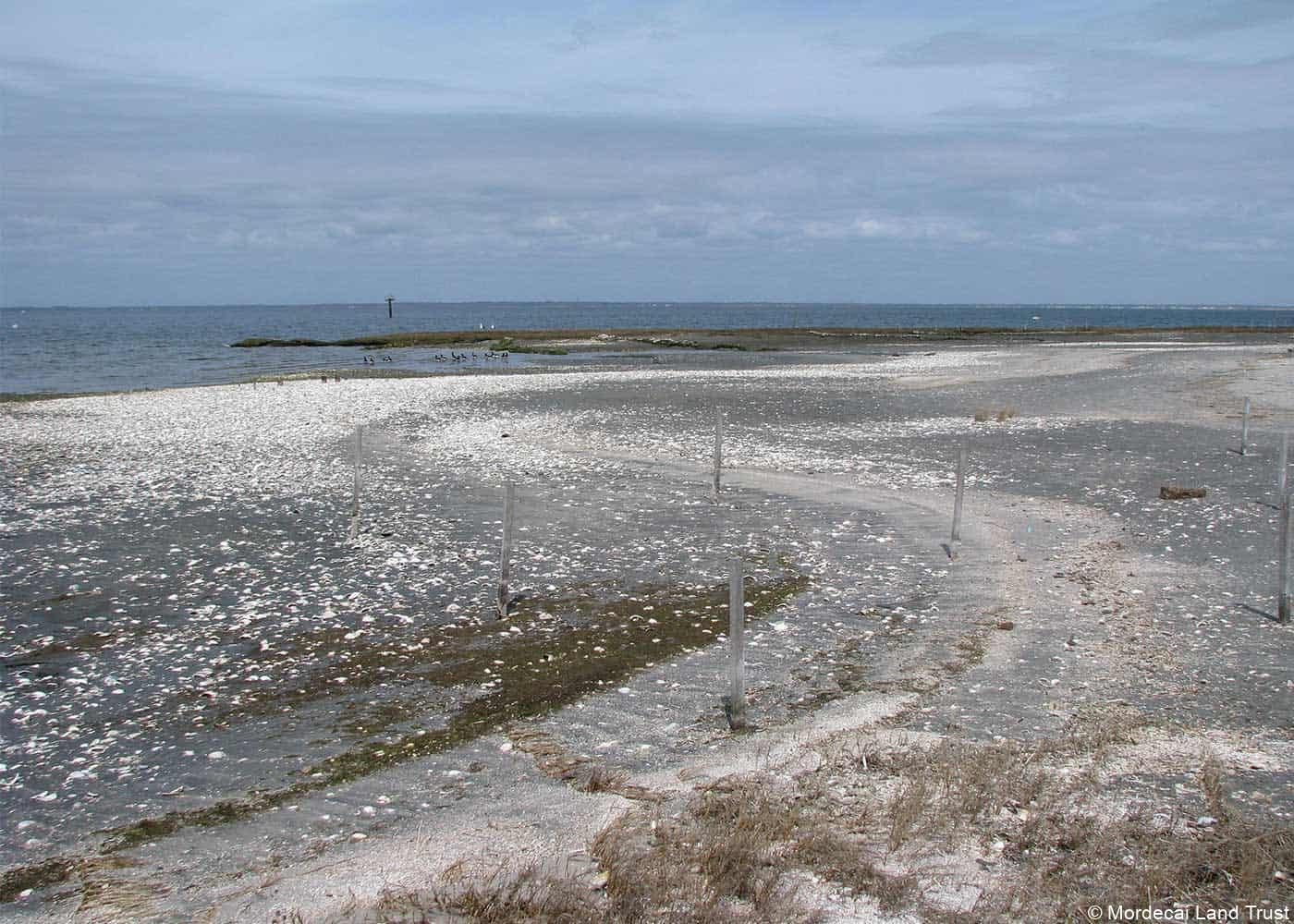
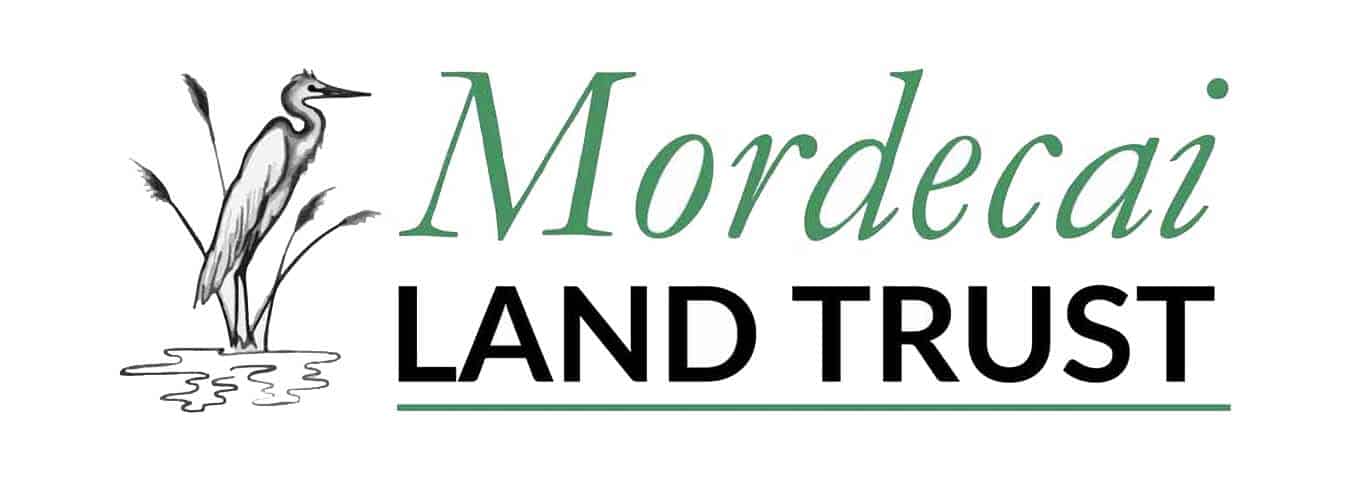
The IRS has determined that the Mordecai Land Trust is tax-exempt under section 501(c)(3) of the Internal Revenue Code of 1986 (“Code”) and not a private foundation pursuant to sections 509(a)(1) and 170(b)(1)(A)(vi) of the Code. Mordecai Land Trust was established in 2001.
Opt-in to email updates


